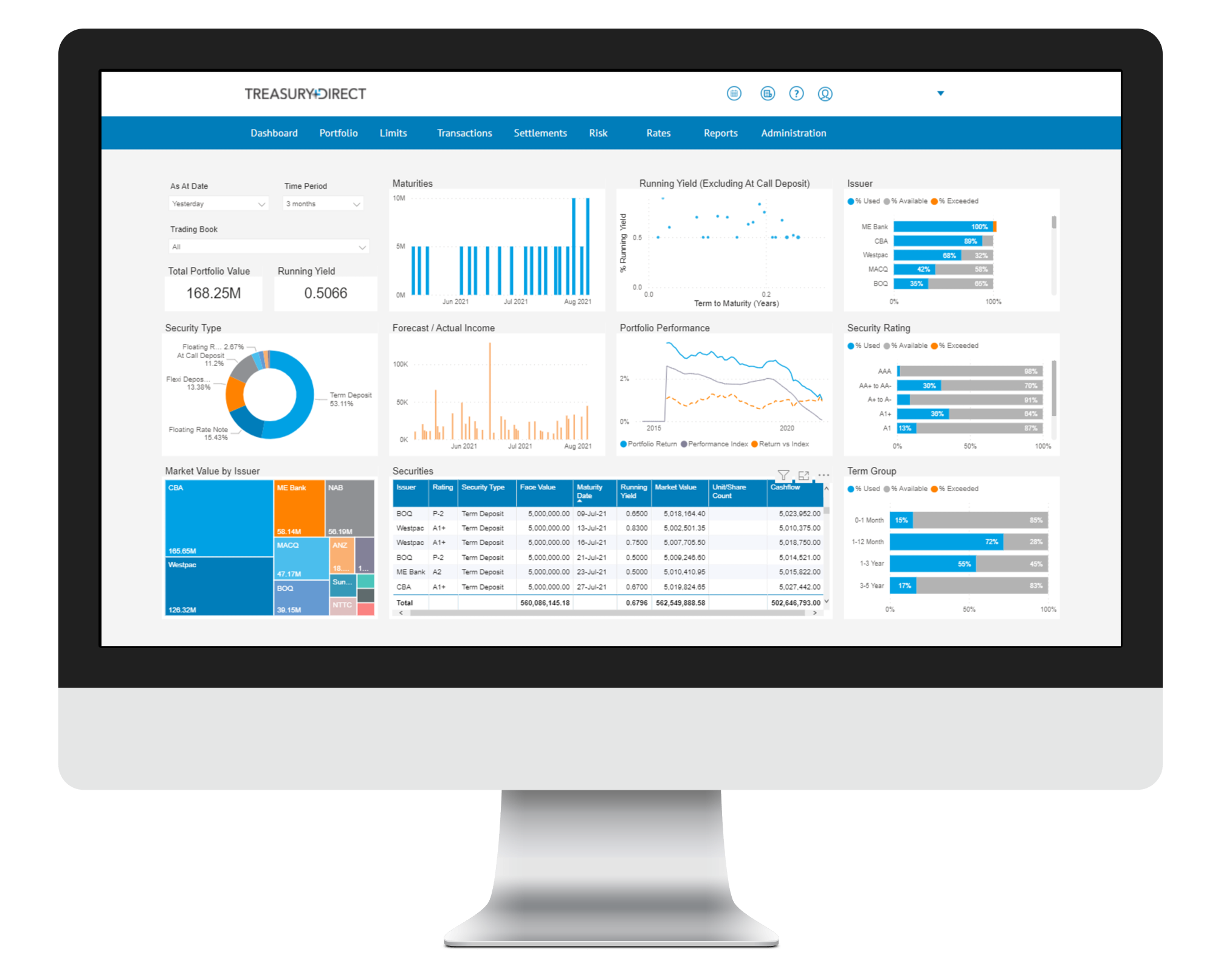Markets Overview
- ASX SPI 200 futures down 0.2% to 7,898.00
- Dow Average up 0.2% to 40,659.76
- Aussie up 0.8% to 0.6666 per US$
- US 10-year yield fell 3.1bps to 3.8826%
- Australia 3-year bond yield rose 6.8 bps to 3.57%
- Australia 10-year bond yield rose 5.4 bps to 3.93%
- Gold spot up 2.1% to $2,508.01
- Brent futures down 1.7% to $79.68/bbl
Economic Events
Asian stocks are set for a staid opening on Monday ahead of key central bank decisions in the region this week and the annual confab at Jackson Hole.
Equity futures in Australia and Japan were down while those for China and Hong Kong moved higher. US contracts were steady in early Asian trading after the S&P 500 rose 0.2% on Friday. The dollar was little changed.
The calm start to the week comes ahead of US jobless claims and economic activity data, while Jerome Powell is expected to confirm Federal Reserve interest-rate cuts are on the cards when he speaks in Wyoming. The meeting caps a volatile period for global stocks, partially driven by concern the Fed wouldn’t reduce borrowing costs fast enough to prevent a deeper US slowdown.
“Financial markets will be sensitive to his every word,” Commonwealth Bank of Australia strategists led by Joseph Capurso wrote in a note. “We expect Powell to green light a cut on 19 September, but we expect Powell to retain optionality for delayed cuts or larger cuts subject to the next CPI and payrolls.”
Goldman Sachs at the weekend trimmed the probability of a US recession in the next year to 20% from 25%, citing last week’s retail sales and jobless claims data. If the August jobs report set for release on Sept. 6 “looks reasonably good, we would probably cut our recession probability back to 15%,” Goldman economists led by Jan Hatzius wrote in a report to clients on Saturday.
The S&P 500 rose for a seventh straight day on Friday as most megacaps gained, with Nvidia Corp. leading the charge. Nike Inc. saw its longest winning streak in more than eight years. Applied Materials Inc. sank after a sales forecast that disappointed investors looking for a bigger payoff from artificial-intelligence spending. Wall Street’s “fear gauge” – the VIX – dropped below 15.
Treasury 10-year yields fell three basis points to 3.88%, while the dollar had its third straight week of losses — the longest streak since March. Hedge funds turned bullish on Japan’s currency for the first time since 2021 after sharp swings in foreign-exchange markets led to a blow-up of a popular yen trade. Gold topped $2,500 on hopes the Fed is edging closer to cutting rates.
Other News
Westpac Banking Corp.’s profit edged higher as pressure on margins eased and mortgage lending grew faster than the wider industry, offsetting a fragile outlook for the nation’s economy.
Unaudited net profit came in at A$1.8 billion ($1.2 billion) in the three months to June 30, according to a statement Monday.
Australia’s largest banks are contending with expectations that interest rates will begin to fall before the end of this year, even as many consumers and businesses curb spending.
“The cost of living and high interest rates remain a challenge for some customers while many businesses are facing cost pressures and experiencing lower demand,” Chief Executive Officer Peter King said in the statement.
(Bloomberg)

